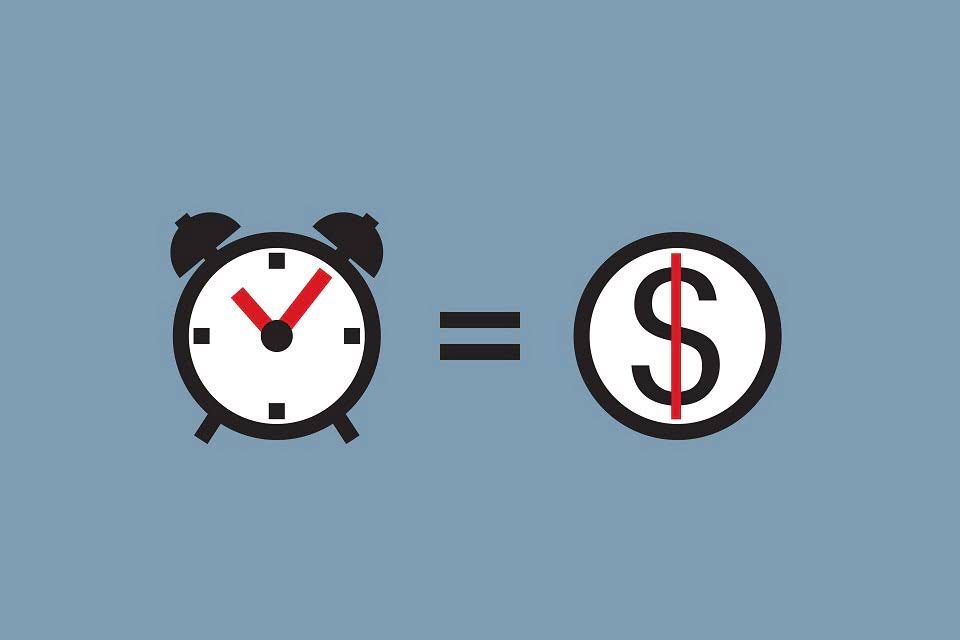Content
- Do you own a business?
- ( . Adjusting entries for accruing unpaid expenses:
- What is an adjusting entry?
- Join over 140,000 fellow entrepreneurs who receive expert advice for their small business finances
- When to make adjustments in accounting
- What is the difference between adjusting entry and closing entry?
If you have adjusting entries that need to be made to your financial statements before closing your books for the year, does that mean your books aren’t as accurate as you thought? This article will take a close look at adjusting entries for accounting purposes, how they are made, what they affect and how to minimize their impact on your financial statements. As an example, assume a construction company begins construction in one period but does not invoice the customer until the work is complete in six months. The construction company will need to do an adjusting journal entry at the end of each of the months to recognize revenue for 1/6 of the amount that will be invoiced at the six-month point. After preparing all necessary adjusting entries, they are either posted to the ledger accounts or directly added to the unadjusted trial balance for the purpose of preparing adjusted trial balance of the company. Click on the next link below to understand how an adjusted trial balance is prepared.
At year-end, half of December’s wages have not yet been paid; they will be paid on the 1st of January. If you keep your books on a true accrual basis, you would need to make an adjusting entry for these wages dated Dec. 31 and then reverse it on Jan. 1. Double-entry accounting stipulates that every transaction in your bookkeeping consists of a debit and a credit, which must be kept in balance for your books to be accurate. For example, when you enter a check in your accounting software, you likely complete a form on your computer screen that looks similar to a check. Behind the scenes, though, your software is debiting the expense account (or category) you use on the check and crediting your checking account. In order to maintain accurate business financials, you or your bookkeeper will enter income and expenses as they are recognized in your business.
Do you own a business?
Depreciation adjusting entries are slightly different, as you’ll need to consider accumulated depreciation (i.e., the accumulated depreciation of assets over the company’s lifetime). Essentially, from the point at which the asset is purchased, it depreciates by the same amount each month. For that month, a depreciation adjusting entry is made, debiting depreciation expense and crediting accumulated depreciation.
Our work has been directly cited by organizations including Entrepreneur, Business Insider, Investopedia, Forbes, CNBC, and many others. We follow strict ethical journalism practices, which includes presenting unbiased information and citing reliable, attributed resources. Our team of reviewers are established professionals with decades of experience in areas of personal finance and hold many advanced degrees and certifications. Students should carefully note that every adjustment has at least two effects due to double entry. For this purpose, a business prepares “Final Accounts” (i.e., a Trading Account, Profit & Loss Account, and Balance Sheet). We prepare the Final Accounts straight away with the amounts stated in the Trial Balance.
( . Adjusting entries for accruing unpaid expenses:
For tax purposes, your tax preparer might fully expense the purchase of a fixed asset when you purchase it. However, for management purposes, you don’t fully use the asset at the time of purchase. Instead, it is used up over time, and this use is recorded as a depreciation expense. Whereas you’d record https://www.bookstime.com/ a depreciation entry for a tangible asset, amortization is used to stretch the expense of intangible assets over a period of time. Deferrals refer to revenues and expenses that have been received or paid in advance, respectively, and have been recorded, but have not yet been earned or used.
Our consulting partners help guide large enterprise and midsize organizations undergoing digital transformation by maximizing and accelerating value from BlackLine’s solutions. BlackLine partners with top global Business Process Outsourcers and equips them with solutions to better serve their clients and achieve market-leading automation, efficiencies, and risk control. By outsourcing, businesses can achieve stronger compliance, gain a deeper level of industry knowledge, and grow without unnecessary costs. Explore the future of accounting over a cup of coffee with our curated collection of white papers and ebooks written to help you consider how you will transform your people, process, and technology.
What is an adjusting entry?
These adjustments are often a result of the account reconciliation process during the financial close. They may also be detected by doing variance analysis of account balances to detect any unusual balance fluctuations. Understand customer data and performance behaviors to minimize the risk of bad debt and the impact of late payments.

Some business transactions affect the revenue and expenses of more than one accounting period. For example, a service providing company may receive service fee from its clients for more than one period adjusting entries examples or it may pay some of its expenses for many periods in advance. All revenue received or all expenses paid in advance cannot be reported on the income statement of the current accounting period.

댓글을 남겨주세요